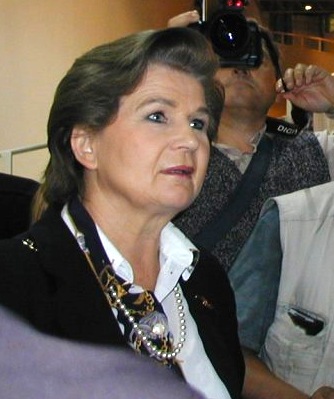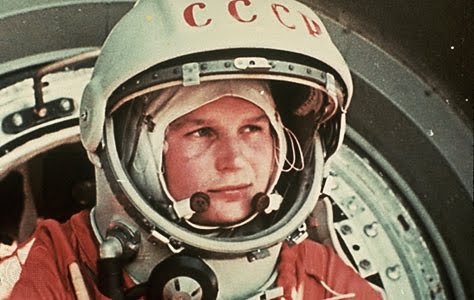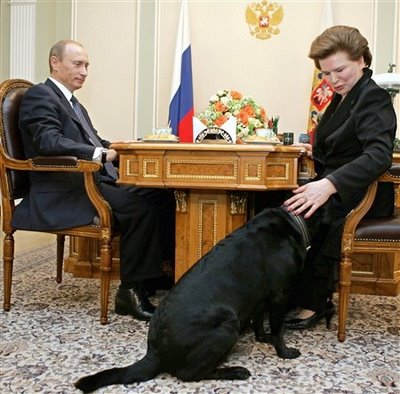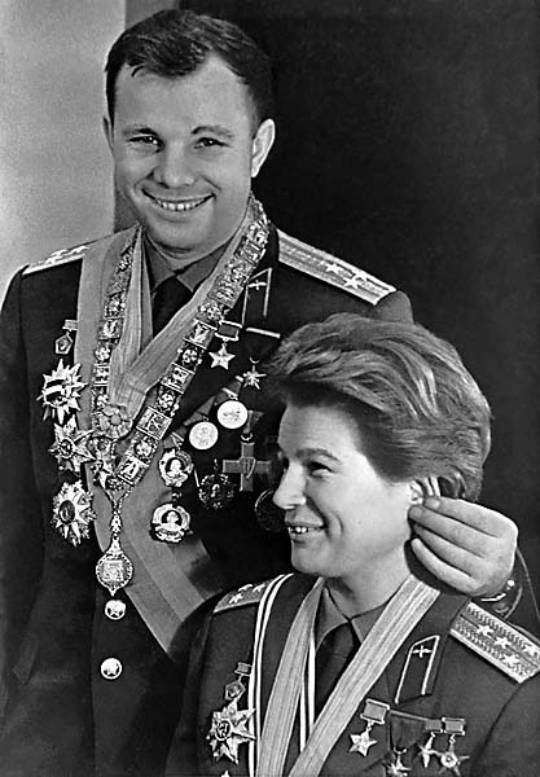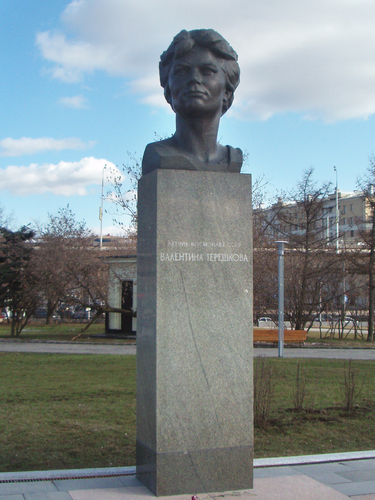<Back to Index>
- Cosmonaut Valentina Vladimirovna Tereshkova, 1937
- Dramatist Savinien de Cyrano de Bergerac, 1619
- Chairman of the Federal Reserve Alan Greenspan, 1926
PAGE SPONSOR
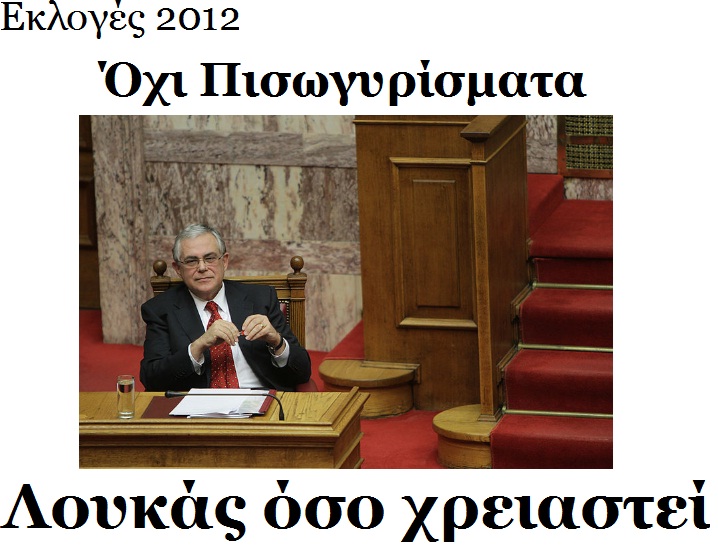
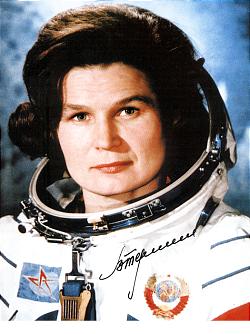

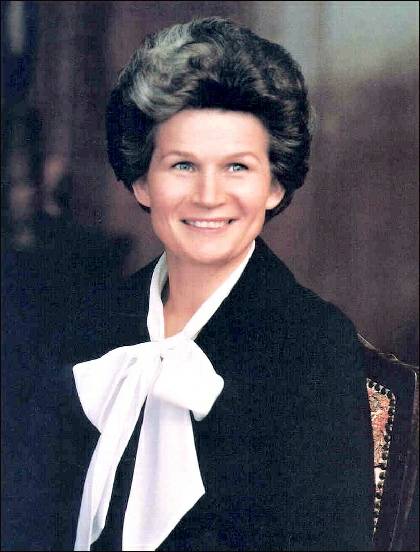
Valentina Vladimirovna Tereshkova (Russian: Валенти́на Влади́мировна Терешко́ва) (born 6 March 1937) is the first woman in space, now a retired Soviet cosmonaut. Out of more than four hundred applicants and then out of five finalists, she was selected to pilot Vostok 6 on 16 June 1963 and become the first woman to fly in space. This also made her the first civilian in space (she was only honorarily inducted into the USSR's Air Force as a condition on joining the Cosmonaut Corps). On this mission, lasting almost three days in space, she performed various tests on herself to collect data on the female body's reaction to spaceflight.
Before being recruited as a cosmonaut, Tereshkova was a textile factory assembly worker and an amateur parachutist. After the female cosmonaut group was dissolved in 1969, she became a prominent member of the Communist Party of the Soviet Union, holding various political offices. After the collapse of the Soviet Union, she retired from politics and remains revered as a hero in Russia.
Tereshkova was born in a village in the Yaroslavl Oblast in central Russia. Her parents migrated from Belarus at
the beginning of the 20th century.
Tereshkova's father was a tractor driver and her mother worked in a
textile plant. She began school in 1945 at the age of eight, but left
school in 1953 and continued her education by correspondence courses.
She became interested in parachuting from a young age, and trained in parachuting at
the local Aeroclub, making her first jump at age 22 on 21 May 1959. It
was her expertise in parachute jumping that led to her selection as a
cosmonaut. Tereshkova was a textile factory assembly worker and an
amateur parachutist when she was recruited into the cosmonaut program.
In 1961 she became secretary of the local Komsomol (Young Communist League) and later joined the Communist Party of the Soviet Union.
After the flight of Yuri Gagarin in 1961, Sergey Korolyov, the chief Soviet rocket engineer, came up with the idea of putting a woman in space. On 16 February 1962, Valentina Tereshkova was selected to join the female cosmonaut corps. Out of more than four hundred applicants, five were selected: Tatyana Kuznetsova, Irina Solovyova, Zhanna Yorkina, Valentina Ponomaryova, and Tereshkova. Qualifications included that they be parachutists under 30 years of age, under 170 cm (5 feet 7 inches) tall, and under 70 kg (154 lbs.) in weight.
Tereshkova was considered a particularly worthy candidate, partly due to her "proletarian" background, and because her father, tank leader sergeant Vladimir Tereshkov, was a war hero. He lost his life in the Finnish Winter War during World War II in the Lemetti area in Finnish Karelia. Tereshkova was two years old at the time of her father's death. After her mission she was asked how the Soviet Union should thank her for her service to the country. Tereshkova asked that the government search for, and publish, the location where her father was killed in action. This was done, and a monument now stands at the site in Lemetti — now on the Russian side of the border. Tereshkova has since visited Finland several times.
Training included weightless flights, isolation tests, centrifuge tests, rocket theory, spacecraft engineering, 120 parachute jumps and pilot training in MiG-15UTI jet fighters. The group spent several months in intensive training, concluding with examinations in November 1962, after which four remaining candidates were commissioned Junior Lieutenants in the Soviet Air Force. Tereshkova, Solovyova and Ponomaryova were the leading candidates, and a joint mission profile was developed that would see two women launched into space, on solo Vostok flights on consecutive days in March or April 1963.
Originally it was intended that Tereshkova would launch first in Vostok 5 while Ponomaryova would follow her into orbit in Vostok 6. However, this flight plan was altered in March 1963. Vostok 5 would now carry a male cosmonaut Valery Bykovsky flying the joint mission with a woman aboard Vostok 6 in June 1963. The State Space Commission nominated Tereshkova to pilot Vostok 6 at their meeting on May 21 and this was confirmed by Nikita Khrushchev himself. At the time of her selection, Tereshkova was ten years younger than the youngest Mercury Seven astronaut, Gordon Cooper.
After watching the successful launch of Vostok 5 on June 14, Tereshkova began final preparations for her own flight. On the morning of 16 June 1963, Tereshkova and her back-up Solovyova were both dressed in spacesuits and taken to the launch pad by bus. After completing her communication and life support checks, she was sealed inside the Vostok. After a flawless two-hour countdown, Vostok 6 launched faultlessly, and Tereshkova became the first woman to fly into space. Her call sign in this flight was Chaika (English:Seagull; Russian: Ча́йка), later commemorated as the name of an asteroid, 1671 Chaika.
Although Tereshkova experienced nausea and physical discomfort for much of the flight, she orbited the earth 48 times and spent almost three days in space. With a single flight, she logged more flight time than the combined times of all American astronauts who had flown before that date. Tereshkova also maintained a flight log and took photographs of the horizon, which were later used to identify aerosol layers within the atmosphere.
Vostok 6 was the final Vostok flight and was launched only two days after Vostok 5 which carried Valery Bykovsky into orbit for five days, landing only three hours after Tereshkova. The two vessels were at one point only 5 km apart, and communicated by radio.
Even though there were plans for further flights by women, it took 19 years until the second woman, Svetlana Savitskaya, flew into space, in response to the pressure of impending American Space Shuttle flights with female astronauts. None of the other four in Tereshkova's cosmonaut group ever flew.
After her flight, she studied at the Zhukovsky Air Force Academy and graduated with distinction as a cosmonaut engineer. In October 1969, the female cosmonaut group was dissolved. In 1977 she earned a doctorate in engineering. Due to her prominence she was chosen for several political positions: from 1966 to 1974 she was a member of the Supreme Soviet of the Soviet Union, from 1974 to 1989 a member of the Presidium of the Supreme Soviet, and from 1969 to 1991 she was in the Central Committee of the Communist Party. In 1997 she was retired from the air force and the cosmonaut corps by presidential order.
After the Vostok 6 flight a rumor began circulating that she would marry Andrian Nikolayev (1929 – 2004),
the only bachelor cosmonaut to have flown. Nikolayev and Tereshkova
married on 3 November 1963 at the Moscow Wedding Palace. Khrushchev
himself presided at the wedding party, together with top government and
space program leaders. She gave birth to their daughter Elena Andrianovna Nikolaeva-Tereshkova (who
is now a doctor and was the first person to have both a mother and
father who had travelled into space) in 1964. She and Nikolayev
divorced in 1982. Her second husband, Yuli Shaposhnikov, died in 1999.
Valentina Tereshkova later became a prominent member of the Soviet government and a well known representative abroad. She was made a member of the World Peace Council in 1966, a member of the Yaroslavl Soviet in 1967, a member of the Supreme Soviet of the Soviet Union in 1966 – 1970 and 1970 – 1974, and was elected to the Presidium of the Supreme Soviet in 1974. She was also the Soviet representative to the UN Conference for the International Women's Year in Mexico City in 1975. She also led the Soviet delegation to the World Conference on Women in Copenhagen and played a critical role in shaping the socialist women's global agenda for peace. She attained the rank of deputy to the Supreme Soviet, membership of the Communist Party of the Soviet Union Central Committee, Vice President of the International Woman’s Democratic Federation and President of the Soviet - Algerian Friendship Society.
She was decorated with the Hero of the Soviet Union medal, the USSR's highest award. She was also awarded the Order of Lenin, Order of the October Revolution, numerous other medals, and foreign orders including the Karl Marx Order United Nations Gold Medal of Peace and the Simba International Women’s Movement Award. She was also bestowed a title of the Hero of Socialist Labor of Czechoslovakia, Hero of Labor of Vietnam, and Hero of Mongolia. In 1990 she received an honorary doctorate from the University of Edinburgh. Tereshkova crater on the far side of the Moon was named after her.
After the collapse of the Soviet Union, Tereshkova lost her political office but none of her prestige. To this day, she is still revered as a Russian hero, and to some her importance in Russian space history is only surpassed by Yuri Gagarin and Alexey Leonov. Since her retirement from politics, she appears infrequently at space related events, and appears to be content with being out of the limelight.
Tereshkova's life and spaceflight were examined in detail in the 2007 book Into That Silent Sea by Colin Burgess and Francis French, including interviews with Tereshkova and her colleagues.
Tereshkova was invited to President Vladimir Putin's residence in Novo-Ogaryovo for the celebration of her 70th birthday. While there she said that she would like to fly to Mars, even if it meant that it was a one way trip.
On 5 April 2008, she became a torchbearer of the 2008 Summer Olympics torch relay in Saint Petersburg, Russia.
